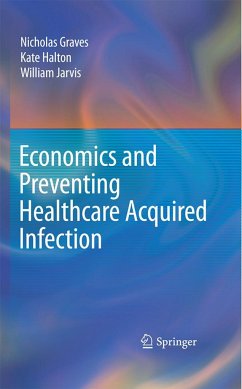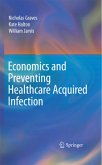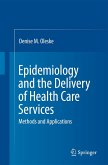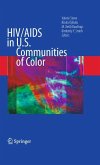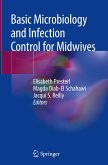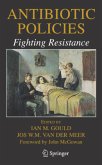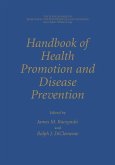Reasons for Writing This Book The published literature on the economic appraisal of healthcare acquired infection (HAI) is described by phrases such as: "With so many virtues of the cost-benefit approach identified, it is perhaps puzzling why greater use of economic appraisal has not been made in the area of infection control" [1] "Clinicians should partner with economists and policy analysts to expand and improve the economic evidence available" [2] "the quality of economic evaluations should be increased to inform decision makers and clinicians" [3] "The economics of preventing hospital-acquired infections is most often described in general terms. The underlying concepts and mechanisms are rarely made explicit but should be understood for research and policy-making" [4] The aim of this book is to describe how economics should be used to inform decisi- making about infection control. Our motivation stems from the previous quotes which show economics is being used within the infection control community, but not to its full potential. Our expectation is that you do not have any formal training in economic analyses. Economic analyses have been used for many decades to argue for increased funding for hospital infection-control. In 1957, Clarke [5] investigated bed wastage in British hospitals due to Staphylococcus aureus in patient's wounds. She concluded .... "the average length of stay in hospital of patients whose wounds were infected with Staph.
From the reviews:
"This book on the cost of healthcare-associated infectious is written from an economic rather than an accounting perspective, a difference that is explained in detail ... . It is written for infection-control personnel and infectious disease practitioners with no prior knowledge of economics. ... Graduate and professional students and researchers in health-related fields with an interest in healthcare epidemiology may find this book a helpful introduction. ... it is easy to read and clearly organized." (Linnea A. Polgreen, Doody's Review Service, August, 2009)
"This book on the cost of healthcare-associated infectious is written from an economic rather than an accounting perspective, a difference that is explained in detail ... . It is written for infection-control personnel and infectious disease practitioners with no prior knowledge of economics. ... Graduate and professional students and researchers in health-related fields with an interest in healthcare epidemiology may find this book a helpful introduction. ... it is easy to read and clearly organized." (Linnea A. Polgreen, Doody's Review Service, August, 2009)

